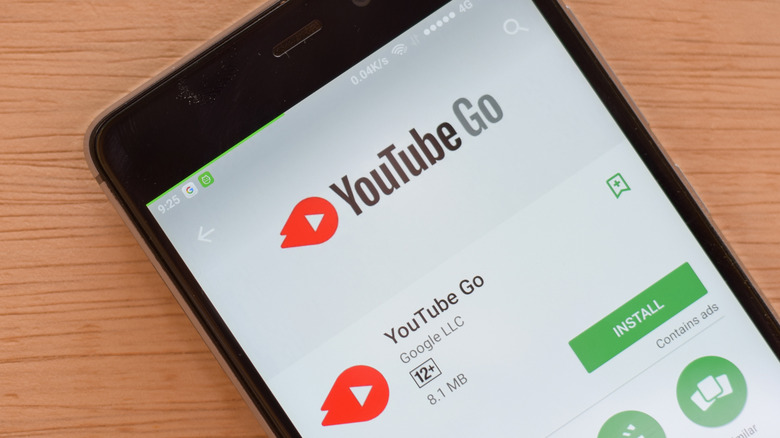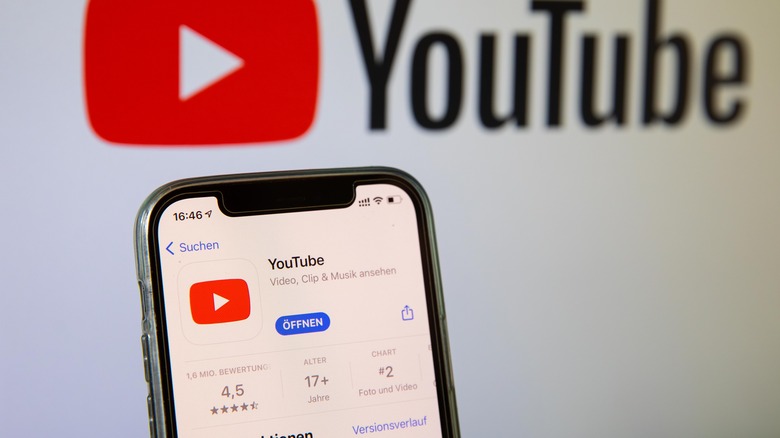YouTube Go Will Join The Google Graveyard Soon
Google giveth, and Google taketh away. It has always been the case that Google will sunset products and services even if they have quite a number of users. Everything is fair game, and nothing is really safe, as proven by Google Play Music and Inbox, among others, which is why people are sometimes wary of investing time, money, and emotions in less-established Google products. The situation has gotten to the point that there is now a "Google Graveyard" that derisively refers to the growing number of products discontinued by the company. That lot will expand again in about two months with the addition of an admittedly infrequently used app.
Not too long ago, Google launched a series of Android apps under a "Go" family that tried to cater to phones that barely meet minimum requirements and users on very low-bandwidth networks. These took their name from Android Go, a special configuration (not a distinct version) of Android that is intended to be put on phones with low specs. These apps, which included YouTube Go, Maps Go, Gmail Go, and even Files Go were also launched to offer a complete experience for those entry-level budget phones.
Over time, however, these Go apps are either no longer necessary or have been made more widely available to the general population. Files Go, for example, has graduated to become Files by Google, bringing its lightweight and space-saving features to all Android users. Now one of the most data-hungry and space-hungry apps is saying goodbye to its Go counterpart, with YouTube Go being retired in August, according to Google Support.
The main YouTube app is ready to replace Go
Google doesn't provide stats for how many users the YouTube Go app has, but that number is probably quite low given the minor rollout of Android Go phones in the first place. More importantly, YouTube Go offers a very limited experience compared to the main app, lacking the ability to even post comments or switch to a dark theme. It does more harm to the brand as far as YouTube is concerned, and that might no longer be enough to justify having a "lite" version of the app.
At the same time, YouTube boasts that its main app is better than ever before, especially in the areas where YouTube Go would have had the advantage. In theory, it should be able to perform well on entry-level devices and slower networks while still offering the full YouTube experience. The company promises more controls over data usage in the future, sort of like Chrome's data saver toggle.
Ironically, that same Chrome feature was retired earlier this year because of how Chrome and the web itself have become smarter in terms of bandwidth use. It is definitely a good thing that Google is pushing these efficiency features into its main apps so that everyone, not just those with low-end phones, can benefit from them. It does, however, raise the question of which Go apps would be next and whether Android Go will actually be the next to go.

